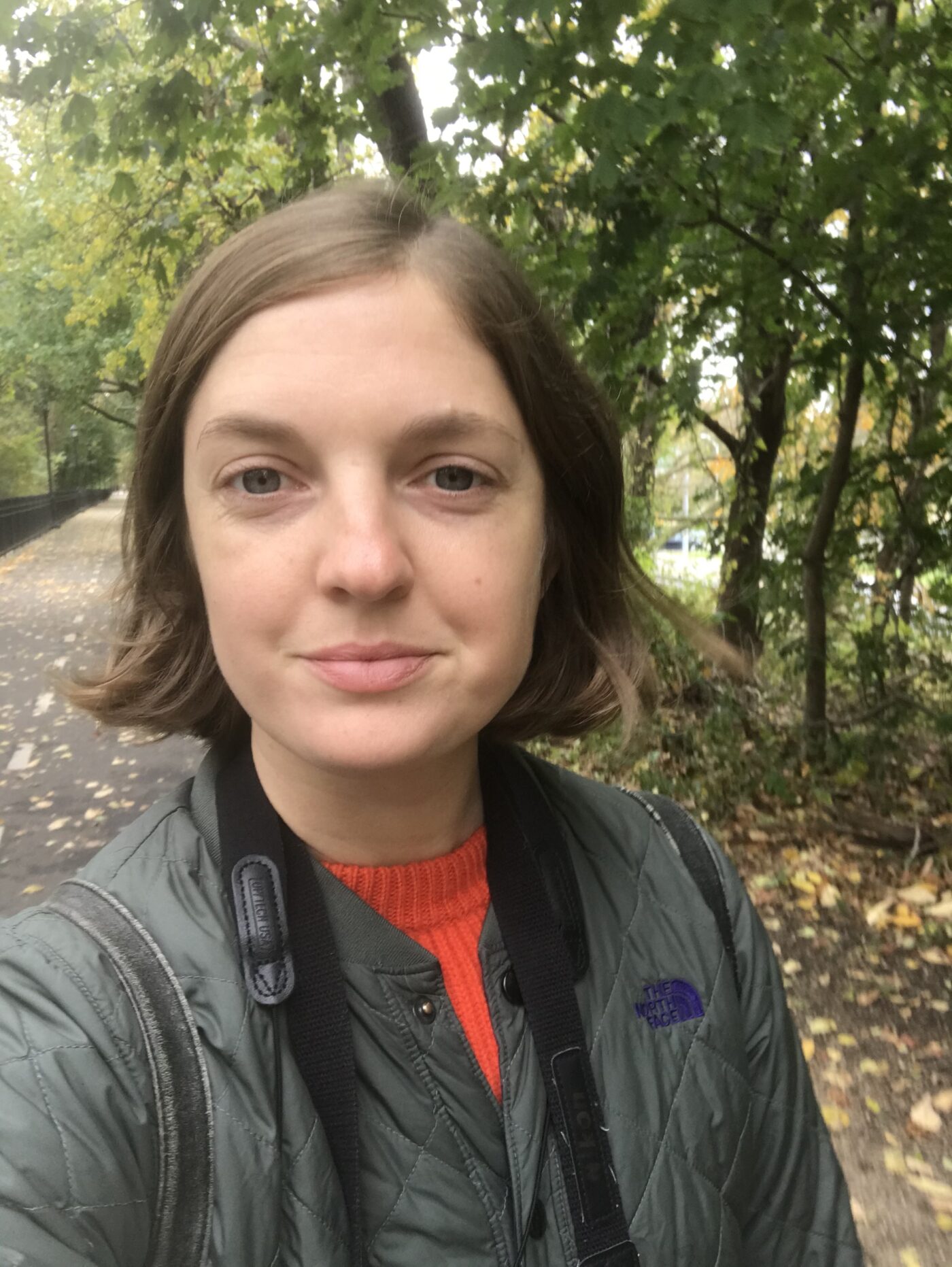

“There is nothing new under the sun, but there are new suns.” –Octavia Butler

3–4 minute experience, or the time it takes to steep a cup of tea.
As an artist and natural historian, Aimee Lusty listens attentively to the beings around her. At Merrill Lake Sanctuary in particular, Lusty has nestled between meadow and marsh to record what’s being said and sung between its resident purple martins. In the following animated field recording, she retraces their winged commute at dawn alongside the soundtrack of the sanctuary and illustrates how sound grounds a place in time.
BY AIMEE LUSTY
[Video description: An animation of seven swallows flying, drawn in pencil against a minimal background of a horizon line painted in muted watercolor.]
May 17, 2020 — It was a cool morning in late spring. I rolled out of bed at 5:30 a.m. to record the dawn chorus of Merrill Lake Sanctuary. The sanctuary encompasses a coastal saltmarsh, dotted with copses of oaks (Quercus sp.) and eastern red cedar (Juniperus virginiana). A sun-drenched meadow lies on the margin of the salt marsh — tall grasses peppered with common milkweed (Asclepias syriaca), bull thistle (Cirsium vulgare), great mullein (Verbascum thapsus), and common yarrow (Achillea millefolium). I am alone in the intertidal zone, occupied with nothing other than the obligation of observation.
At the center of the meadow stands a tower of white nesting gourds, home to a colony of purple martins (Progne subis). The surrounding wildflowers welcome pollinators that serve the swallows as a source of fuel for their bustling community. Dozens of swallows are already feeding, bright flashes of iridescent purple orbiting around the nesting gourds, surveying the meadow, and foraging for flying insects awakened by the rising sun. With the microphone aimed at the birdhouses, it captures the energy of their morning ritual.
Dozens of swallows are already feeding, bright flashes of iridescent purple orbiting around the nesting gourds, surveying the meadow, and foraging for flying insects awakened by the rising sun.
Fast forward to January 2022, I am again slithering through the saltmarsh in a season that has transformed the saltmarsh cordgrass (Spartina alterniflora) from a verdant green to a lustrous ochre, waning the littoral palette into the subdued shades of winter. The Purple Martin houses have long been abandoned; their charismatic occupants having migrated to South America for the winter. I long for the buzzing activity of spring and summer.
From the warmth of my studio, I return to my field recordings, observational sketches, and videos I collected in past summers as source material for the above animation. While illustrating the eighty-four frames, I am transported in memory to that morning in the marsh, but this time invite others to share in the observation of the aerial acrobatics of the purple swallows and their complex vocalizations.

[ID: Aimee, a white woman with chin-length brown hair in a green jacket looks towards the camera, backdropped by foliage.]
Aimee Lusty
She // Her // Hers
Brooklyn, NY
Aimee Lusty is an artist, archivist, and natural historian based out of Brooklyn, New York. Aimee is a self-taught illustrator with education as an art historian, naturalist, botanist, and information scientist. As a naturalist, her fieldwork and community science contributions provide fodder and source material for illustrations and animated field recordings. These practices in observation, preservation, and conservation show through in her artistic practice. Her work is rooted in cataloging and archiving flora, fungi, and fauna through photography, illustration, and field recordings. Artistic representations become an empathetic lens for species altered by climate change, urbanization, habitat loss, and other anthropogenic causes. She works primarily in acrylic, ink, and graphite on paper; prints; animated field recordings; and limited edition artist’s books. Her zines and artist’s books are in the collection of the Museum of Modern Art, NY, National Museum of Women in the Arts, Washington, D.C., University of Miami, Miami, FL, Temple University, Philadelphia, PA, and Franklin & Marshall College, Lancaster, PA.
